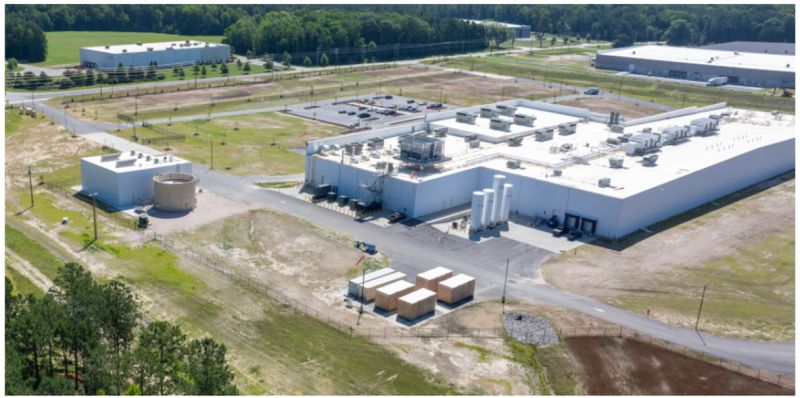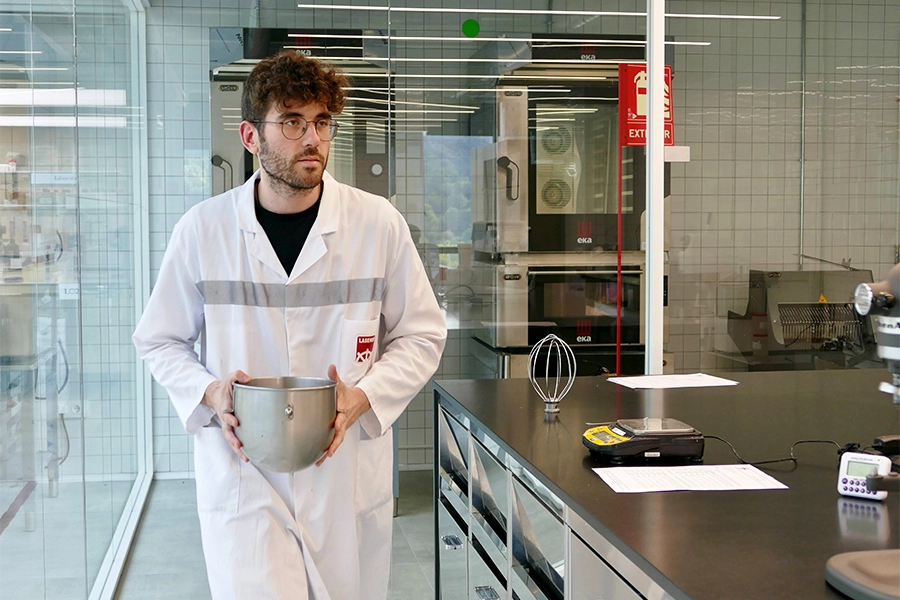
%20(1).jpg)
Miso fermented aboard the International Space Station found to have a nutty twist
Miso, a fermented soybean paste that has been a staple in Japanese cuisine for centuries, has now made its mark beyond Earth. In a study published 2 April in the journal iScience by Cell Press, researchers successfully fermented miso on the International Space Station (ISS) and found that, while it tasted much like its Earth-based counterparts, it had a slightly nuttier, more roasted flavor.
The project was led by researchers from the Technical University of Denmark and the Massachusetts Institute of Technology (MIT). The work is part of a broader effort to understand how fermentation and microbial ecosystems behave under the unique environmental conditions of low Earth orbit.
“There are some features of the space environment in low Earth orbit – in particular microgravity and increased radiation – that could have impacts on how microbes grow and metabolize and thus how fermentation works,” said Joshua D. Evans, co-lead author of the study and a researcher at the Technical University of Denmark.
The team aimed to investigate whether fermentation could occur successfully in space and how the resulting food would compare to Earth-made versions. They were motivated by a mix of scientific curiosity and the practical goal of expanding the culinary options available to astronauts on long-term missions.
In March 2020, a small container containing unfermented 'miso-to-be' was sent to the ISS. The sample remained there for 30 days, undergoing fermentation under microgravity before returning to Earth. To provide comparative data, two control samples were fermented simultaneously on Earth – one in Cambridge, Massachusetts, and the other in Copenhagen, Denmark. Throughout the experiment, environmental sensors monitored key factors including temperature, humidity, pressure, and radiation exposure to ensure that conditions were carefully tracked.
Upon its return, the space-fermented miso was subjected to microbial analysis, chemical profiling, and sensory evaluation. The study found that the miso fermented in space contained similar aroma compounds and amino acid profiles to the Earth-based misos, but there were clear differences in the microbial communities.
While the core species responsible for fermentation remained active, the presence and abundance of certain bacteria varied between the space and Earth samples. These variations may have contributed to the differences in flavor noted by the researchers during sensory analysis.
The miso made on the ISS was described as having the familiar umami-rich, salty flavor expected of traditional miso, but with a slightly roasted or nutty taste not as strongly present in the Earth-made versions. “Fermentation [on the ISS] illustrates how a living system at the microbial scale can thrive through the diversity of its microbial community, emphasizing the potential for life to exist in space,” said Maggie Coblentz, co-lead author of the study and a researcher at the MIT Media Lab.
Although the ISS is often considered a sterile environment, the study demonstrates that microbial life not only survives in orbit but can carry out complex biochemical processes like fermentation. “Our research shows that microbes and non-human life have agency in space, raising significant bioethical questions about removing plants and microbes from their home planet and introducing them to extraterrestrial environments,” Coblentz said.
From a culinary standpoint, the successful production of miso in space may have practical implications for the wellbeing of astronauts. As space agencies prepare for longer missions to destinations like the Moon and Mars, maintaining astronaut health and morale becomes increasingly important. Familiar and flavorful food options can contribute significantly to quality of life on board.
“By bringing together microbiology, flavor chemistry, sensory science, and larger social and cultural considerations, our study opens up new directions to explore how life changes when it travels to new environments like space,” said Evans. He added that this line of research could help improve both wellbeing and performance during long-duration spaceflight.
Beyond the laboratory findings, the study prompts a broader reflection on food and culture in extraterrestrial settings. “We’ve used something as fundamental as food as a starting point to spark conversations about social structures in space and the value of domestic roles within scientific and engineering fields,” said Coblentz.
She emphasized that choices made in designing food systems for space can carry deeper implications. “The way we design systems in space sends a powerful message about who belongs there, who is invited, and how those people will experience space,” she said.
The research was funded by the MIT Media Lab Space Exploration Initiative and The Novo Nordisk Foundation. While the experiment was a success in demonstrating that microbial fermentation is possible in space, the researchers believe it is just the beginning of an emerging field that bridges science, culture, and space exploration.
With miso joining the list of foods successfully prepared in orbit, the study offers a small but meaningful step toward a more livable and flavorful future for astronauts, and raises intriguing questions about the role of microbiology, gastronomy, and identity in space.
If you have any questions or would like to get in touch with us, please email info@futureofproteinproduction.com






